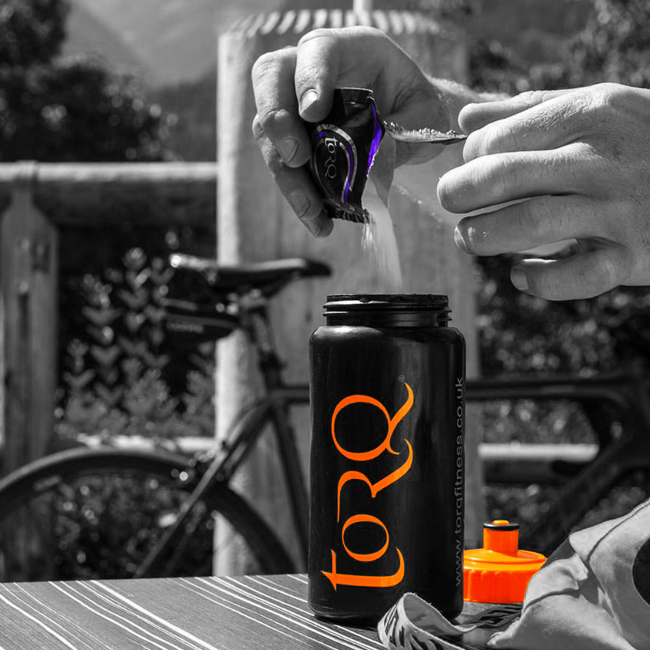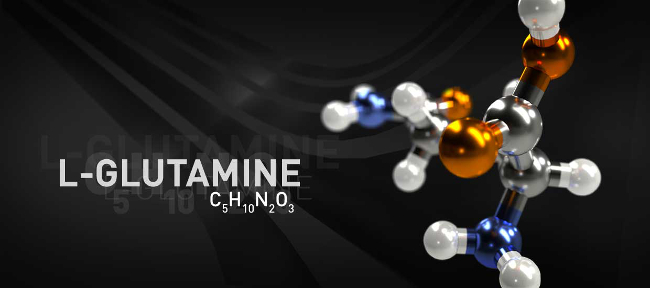Will taking specific nutrients during and immediately after exercise have a beneficial impact on your immune system and greater resistance to infection?
In a previous section of this resource, we discussed how differing volumes and intensities of exercise might affect the immune system. The research offered a good guide and we stepped in and made some assumptions – a steady consistent effort for up to an hour in duration or 30 minutes of high intensity interval training we felt should be termed ‘moderate exercise’.
If you’re doing an exercise session that fits this bracket, there’s probably very little advice we could give you from a nutritional perspective to ensure that your immune system stays in good shape in the aftermath other than to maintain proper hydration and general nutrition. In fact, the research suggests that by partaking in this moderate exercise in this way, you’ve just made your immune system stronger.
If you’re planning on exercising for longer than an hour or have a particularly protracted high intensity interval session planned, it’s a different story. You are likely to finish your session in an immunocompromised position and if not getting sick is on your list of priorities, you should take pragmatic steps to isolate yourself for at least 4 hours. If you know that your family, or those you live with aren’t showing signs of infection it really is just a case of staying at home for the duration of the ‘lurgy window’ and not venturing out into crowds of people or visiting friends who might be carrying a bug. What’s significant is that pathogens that might simply bounce off your IIR (Innate Immune Response) might not do so when you’re immunocompromised, so by not isolating you’re ‘opening the door’ unnecessarily.
It’s not all doom and gloom if you’re a keen endurance athlete however, because there is a tool at your disposal which will help strengthen your immune system at this critical time and it’s good old Carbohydrate.

According to research by Gleeson and Bishop (2000) carbohydrate becomes an important fuel for the immune system cells which can increase tenfold during and post exercise when compared with resting conditions. These immune system cells are boosted by the body to help immunity at this vulnerable time and Carbohydrate supports their effectiveness. Also, according to Cupps and Fauci (1982) cortisol, a stress hormone that is linked to immunosuppression, is inhibited by the presence of Carbohydrate.
Ed Burke (2002) dedicates 2 pages of his book ‘Serious Cycling’ to the role that fuelling with carbohydrate during exercise plays in strengthening the immune system. Talking of researcher Dr Nieman, he says:
“Our research shows that sports drinks not only provide carbohydrate energy during exercise, but support the link between sports drinks and less stress on the immune system. Carbohydrate drinks of about 6 to 10% carbohydrate (TORQ Energy Drink is within this range) will not eliminate the stress of cycling, but our research and work of others show they can reduce the increase of several by-products of stress and hard exercise.”
All of this points to ensuring that you maintain good fuelling practices and that you feed immediately with Carbohydrate after exercise. Interestingly, you’ve come to the right place if you’re in need of some Carbohydrate fuelling and recovery products! For further information on how to fuel properly with Carbohydrate, take a look at the TORQ Fuelling System and for further information on post exercise refuelling, take a look at the TORQ Recovery System. These products won’t only fuel optimal performances and help drive your fitness forwards, but they also support your immune system.
The role of Glutamine is an interesting one and again Gleeson and Bishop discuss this. Glutamine is a non-essential amino acid, meaning that the human body can produce it on demand without having to source it from the diet and therefore it will remain at consistent baseline concentrations to support normal immune function. During the stress of higher load exercise however, the demand for glutamine utilisation may exceed the body’s production capabilities. Blood glutamine concentrations can be decreased by up to 20% below baseline following prolonged or strenuous exercise and will normally take around 24 hours to recover fully – and can take even longer if training loads are exceptionally high. Also, these percentage reductions can further increase if athletes experience exceptionally high training loads. This has lead some researchers to re-label Glutamine as ‘conditionally-essential’ rather than ‘non-essential’ because there are times when supplementation is beneficial and one of these occasions is post exercise.

Again, Cupps and Fauci (1982) assert that Glutamine availability is suppressed in the absence of Carbohydrate – in other words, Carbohydrate consumption during exercise increases Glutamine availability. Paradoxically therefore, the more diligently you fuel with Carbohydrate and pay attention to your recovery nutrition, the less important Glutamine supplementation becomes, because the presence of Carbohydrate reduces the drain on Glutamine reserves. That said, the term ‘heavy exercise’ is quite broad and even with the most diligent of fuelling practices some training sessions have the potential to leave you exceptionally drained. To this end, our TORQ Recovery Drink doesn’t only contain a substantial serving of fast-delivery carbohydrate, but also a research-recommended dose of Glutamine. We call it ‘belt and braces’.
So, does fuelling a heavy exercise session and paying attention to your post-exercise nutrition mean that you don’t have to worry about the 4-hour lurgy window? We’ll let you decide. Obviously you will have taken significant steps to protect yourself, but if you really want ‘belt and braces’ we would suggest that you lie low for a few hours too.






